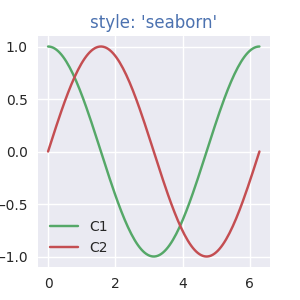

Css image cycler how to#
Responsive Full Background Image Using CSS How to Create CSS Ghost Buttons Creating Responsive Images with CSS You can simply use the CSS background-image property in combination with the :hover pseudo-class to replace or change the image on mouseover. Setting the radius of the corners to 50% of the width/height results in a circle. Answer: Use the CSS background-image property. The main CSS property responsible for the circular shape is the border-radius property. Animations consist of two components, a style describing the CSS animation and a set of keyframes that indicate the start and end states of the animation's style, as well as possible intermediate waypoints. But, we don’t live in a perfect world, so if needed, you can use a wrapper div for rectangular img elements. CSS animations make it possible to animate transitions from one CSS style configuration to another.

This technique is best used on square img elements, with the subject located dead-center of the photo. The random background cycling script chooses a new background every 10 seconds.

(We did the opposite for landscape-oriented images.) We don’t need to move the img element, because our expectation is that the subject of the photo is at the top-center of the composition. The css-script for a beating heart does what it should do: feature a beating heart (or rather, image of a heart). For portrait-oriented images, we assign a height of auto and width of 100%. This time, the width/ height property value must be equal or less than the width of the img element so that the image can cover the wrapper div without being stretched out. Similar to landscape photos, the wrapper div of portrait-oriented img elements must have equal width and height property values so that the wrapper is a perfect square.
Css image cycler code#
Step 1: Add the below code to the section of your page: Select All.You set the time interval for the change of images. For best results all images should be near each other in size. Again, this isn’t going to be the case in every single portrait photo. Cycle through a group of images in a single location on your page. In the above CSS code you will notice that I insert a background image for each ID (headline1 and headline2) and I increase the padding at the top (padding-top:68px) to push down the text to make space for the background. The assumption we’ll make for portrait-oriented images is that the subject of the photo is at the top-center of the composition. Typically I would place my CSS code in a separate CSS file and link to it so that I could reuse the CSS code on many pages. This technique works best on square images. This image is our first image and we added a span tag to add a second image through CSS. We have a wrapper div which have an image and empty span tag. The first method of overlay an image over another is by defining it as a background in CSS. Though it’s quite simple to apply the effect to square images, rectangular images will require a little bit more extra work.Īn img element that’s perfectly square only needs one line of CSS. Method 1: Overlay Image Over Image using Background. The main CSS property responsible for the effect is border-radius. In this tutorial, we’ll go over some CSS techniques for rendering circular elements.


 0 kommentar(er)
0 kommentar(er)
